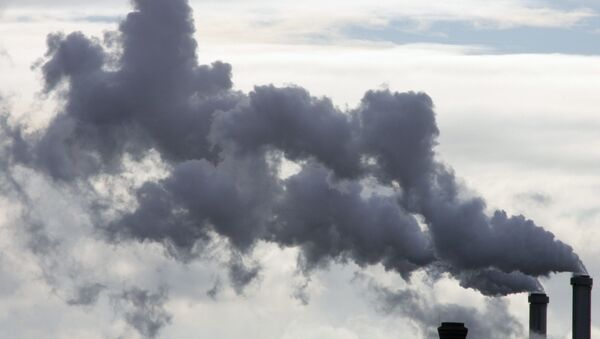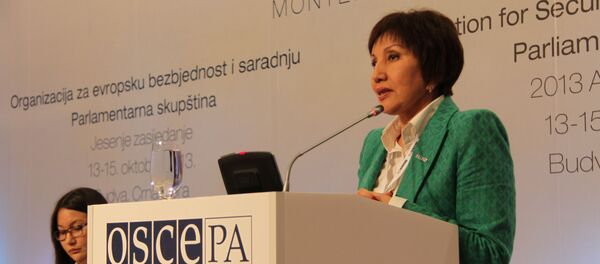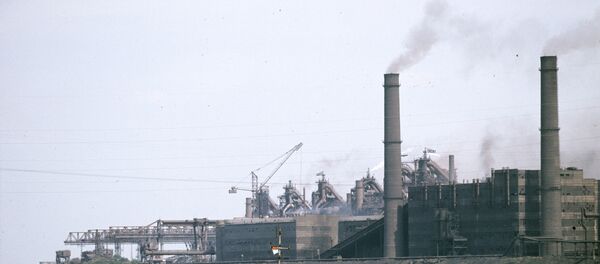According to an analysis conducted by Bloomberg based on data collected from industry experts, the cost of permits is expected to more than double in 2015 with a rise of 62 percent by June.
“Because most governments selling allowances have a vested interest in higher prices, it will happen,” a former head of carbon at Barclays Plc, Louis Redshaw, was quoted as saying by the news outlet, adding that “painful” swings in prices were probable.
The EU has proposed a solution to the problem, to take the form of a Market Stability Reserve (MSR), which will take effect in 2021. As explaining on the EU Commission's website, under this MRS scheme, the number of permits auctioned will be adjusted demanding on the needs of the markets. If oversupply occurs, excess allowances will be put into the 'reserve', to be accessed if shortages arise, thus creating a demand-supply balance.
To begin addressing the problem, 900 million tons of carbon emission allowances have been withheld from actions to take place through 2016. This is a short-term measure, introduced to stimulate demand. It is expected that these allowances will be returned in 2019 or 2020. There is an accumulated excess in the system of over 2.1 billion tons, as of the end of 2013. According to Bloomberg, this excess is equal to more than a year’s supply of carbon.
The EU has set a target of cutting carbon emissions by 20 percent by 2020, to curb the negative impacts of such emissions on climate change. The EU Commission's aim, as declared on their official website, is to shift to a low-carbon economy. During the latest round of climate change talks in Lima, Peru, it was agreed that all UN member states would submit their pledges on emissions cuts by the next summit in 2015.





